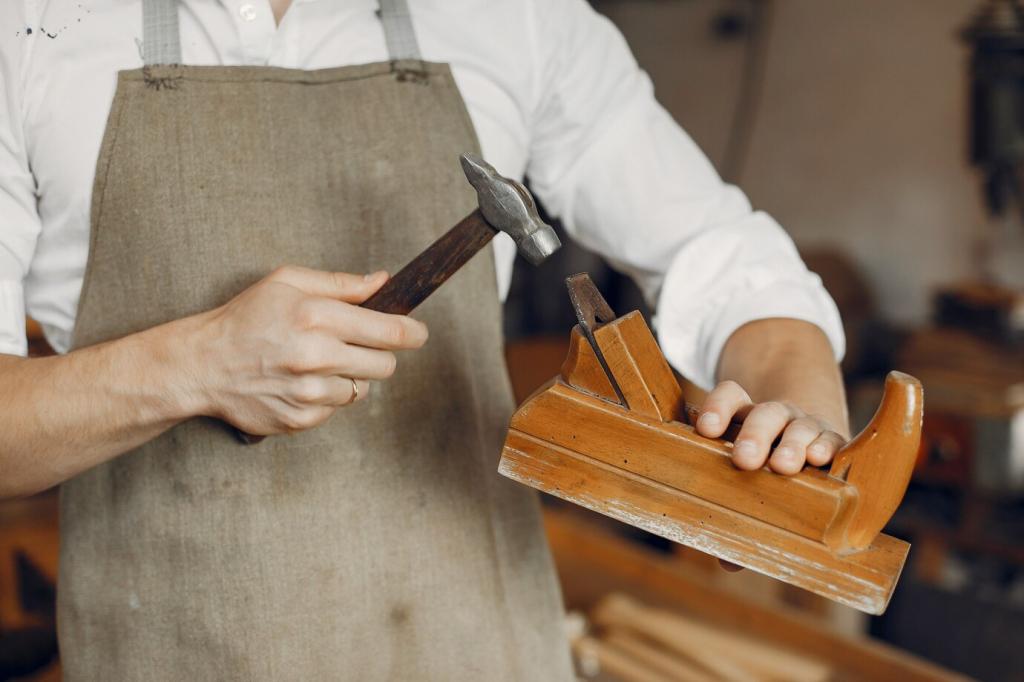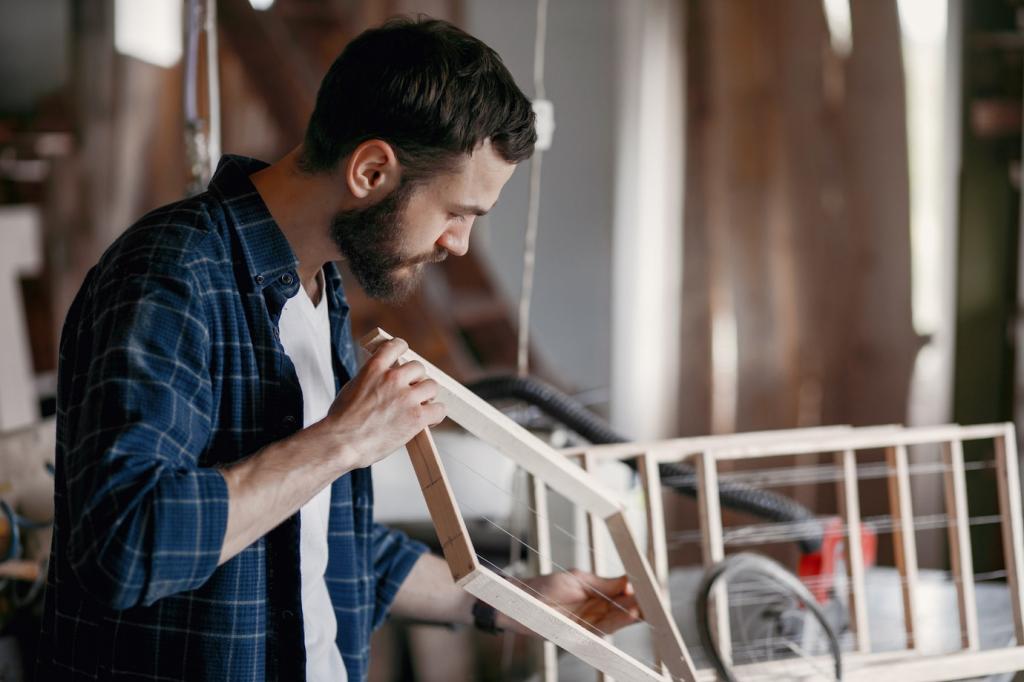Assemble a Simple, Budget-Friendly Toolkit
Grab a pencil, 120–220 grit sandpaper, a small block of scrap wood, a screwdriver, a square, and a candle or pure beeswax. A clean cloth and masking tape help control dust. Post your thriftiest toolkit photo; we love creative substitutions that still deliver smooth results.
Assemble a Simple, Budget-Friendly Toolkit
Prefer dry options: paraffin, beeswax, or PTFE dry lube. Oils and petroleum jelly can attract dust and turn gummy. Rub wax onto contact surfaces, buff lightly, and test. Have a favorite brand? Recommend it in the comments so others can compare glide and longevity.


